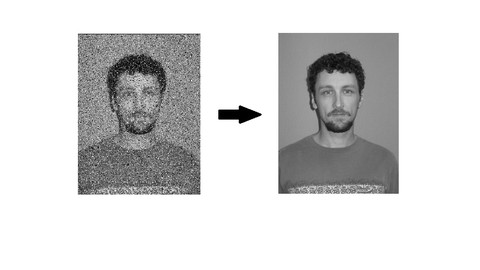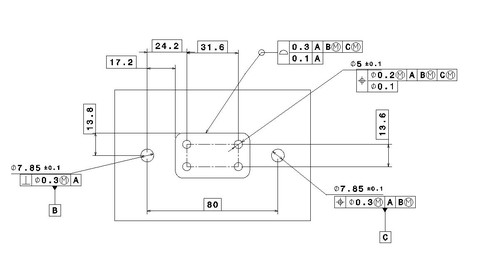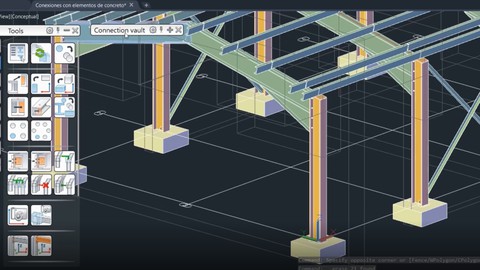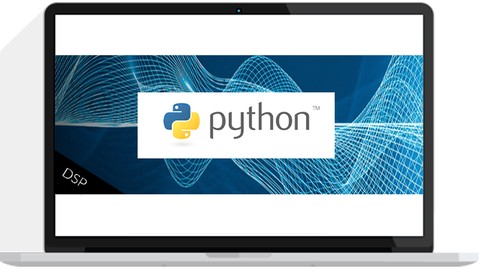A Simple Introduction to Digital Signal Processing
Loại khoá học: Engineering
With Practical Applications in Python
Mô tả
When I was an undergraduate I took a course called Linear Systems, which provides background theory for courses like Digital Signal Processing, Control Systems, and Communication Systems. While I did earn a grade of A in the course, I never really understood the purpose of the course beyond it being a prerequisite to other courses that I was required to take.
My goal in this course is to introduce you to digital signal processing in such a way that you not only understand the purpose of the various topics, but that you also see how you can apply the material.
In order to demonstrate practical applications of digital signal processing, I provide about a dozen Python programs for doing such things as removing noise from audio files, removing noise from images, identifying which phone numbers are pressed on a touch-tone phone, and analyzing temperature data. I go over each program, explaining how it works and how I designed it. I don't assume that you have already programmed using the Python programming language, so I also provide a crash course to get you up to speed.
This course is not for someone wanting a rigorous, theory- and math-heavy course; there are many available options if this is what you are looking for. This isn't to say that we will not use math in this course. I think that there is too much that you need to know that you can't really understand without some math. To help you with the math that we will learn, I review complex numbers and complex exponentials at the beginning of the course. Then as we learn new topics I provide practice problems with my solved answers.
Bạn sẽ học được gì
How signals are represented by sinusoids.
What it means for a system to be linear and time-invariant.
How digital filters can be represented by difference equations.
What the frequency response of a system is.
What convolution is and why it is important in signal processing.
What it means for two signals to be correlated.
How the discrete Fourier transform can be used to identify the frequencies present in a signal.
Get a crash course in Python.
How Python can be used to produce practical applications of digital signal processing.
Yêu cầu
- It would be nice to have had linear algebra, but most of what is taught can be understood without it.
- If you wish to run the code, then you will need a computer that can run Python.
- Python 3.x (directions for installing are given in the course).
Nội dung khoá học
Viết Bình Luận
Khoá học liên quan

Đăng ký get khoá học Udemy - Unica - Gitiho giá chỉ 50k!
Get khoá học giá rẻ ngay trước khi bị fix.


















Đánh giá của học viên
Bình luận khách hàng